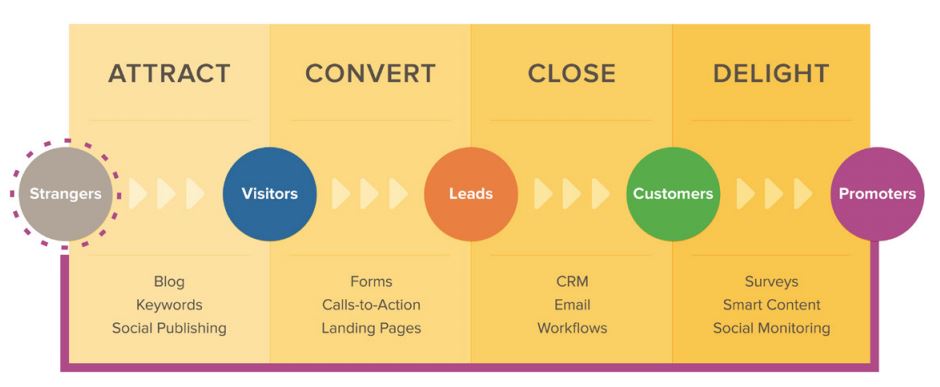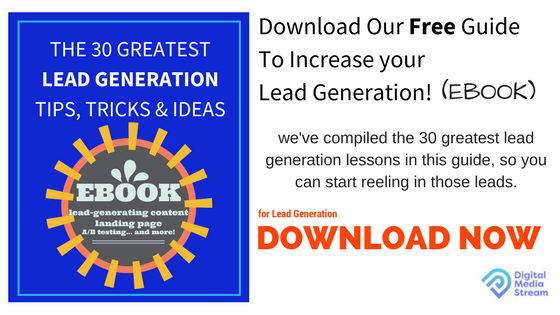If you aren’t asking your customers “where did you hear about us?” then perhaps you should start in order to improve your lead generation results. Without being able to establish where your customers come from you won’t know what content works and which social media channels to avoid.
Marketers often admit that a lot of marketing can be intangible, but there is still a lot you should know:
- What content are your customers clicking on
- How they found your website
- What organic search you receive
- Examining source reports from your website and analytics.
How to establish an exact return on marketing activity (when the purchase decision might be far down the line)
The short answer is sometimes you just can’t.
However, that answer doesn’t do justice to the brand-building campaign you are running; a brand-building campaign offering prospective customers content that validates their website visit and encourages them to buy.
Most customers won’t have arrived in a position to buy directly from one Tweet or Facebook post or even one TV advert (even if they say they did!). Which makes having a continual brand message and distributing content aimed at establishing your authority across your social media channels and website, inherently important.
Ultimately that message needs to engage and spread and perhaps as a result of many of these Tweets, posts or recommendation from a friend, your customer eventually realises you are a relevant authority - perhaps it was that one great blog post you tweeted out on Friday night.
How many times will your customer visit your website before making a purchase? (aka The Customer Journey)
Be aware that 96% of your visitors aren’t even ready to make a purchase and most will visit your site multiple times before doing so.
This makes it important to ensure that each time they do land on your site it is validated with the content they require (especially when drawn there by links in social media to your landing pages).
As important as it is in attributing the actual sales visit and realising the last place they were at when they purchased, be aware that having a prolonged relevant message helps them towards that sales visit - ensuring they eventually do come back to buy and continue to do so.
This is their customer journey or sales funnel (call it what you will), converting them from lead to prospect to customer.
The customer journey can be as long and complex as any other journey, but the fundamental aim is to attract the right kinds of leads (visitors) that trust you enough to purchase. It can involve many social channels, marketing campaigns and time.

Search and keywords
Being able to give a definitive answer as to where your customers are coming from isn’t quite as straightforward as them saying: “I searched for ‘fluffy orange bath mats’ online and your website came up”.
While your SEO has obviously been affected by the amount of relevant content you have from a campaign on luxury bathroom furniture, it might just be the Pinterest board you created entitled ‘orange’ or your Facebook engagement about slipping on wet floors that helped your website rank for ‘fluffy orange bath mats’!
Tracking and website analytics
Examining sources reports should tell you where visitors were directly before coming to your website, whether from a search term, advert, blog or social media channel.
Which makes setting up trackable marketing campaigns incredibly important. This means setting up a landing page from each of your social media channels: One for Facebook, one for Twitter, one from Pinterest etc., this will give you a clear idea which social media channel generates the most activity.
Going deeper into the analytics available on your website it’s not just where customers come from that you can learn from, you can also find out what they are doing on your website. Are they attempting to buy, starting an order but not completing, or even getting to the checkout and being put off by the delivery charge?
Understanding who your customer is, and using a wide range of different channels to get your message heard, will be the key factor in the customer buying from you.
It can be tricky, but as with most business decisions you want as much information in front of you when deciding what is working and what isn’t.
- Have a process that provides as much information as you need at your fingertips
- Always ask your customer where they found you.
Asking and understanding where your customers are coming from can add value to your decision-making AND also make a big difference to the bottom line of your marketing spend.





